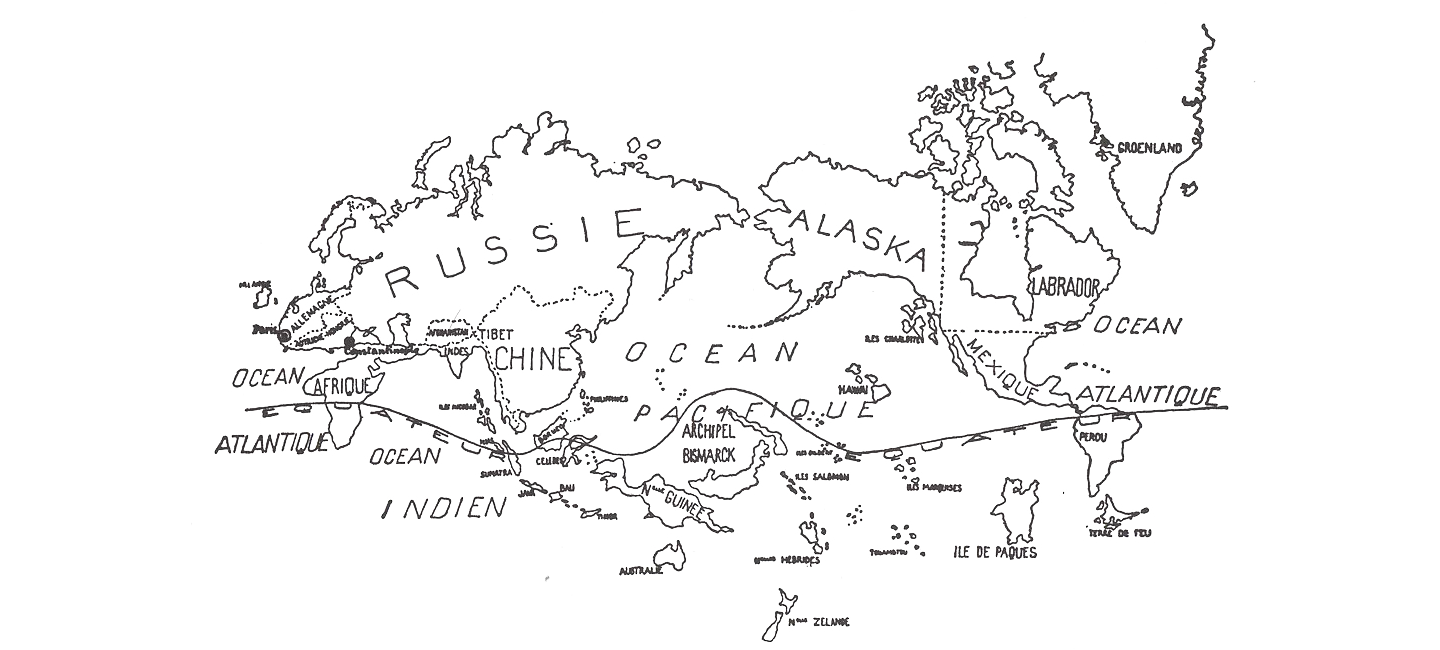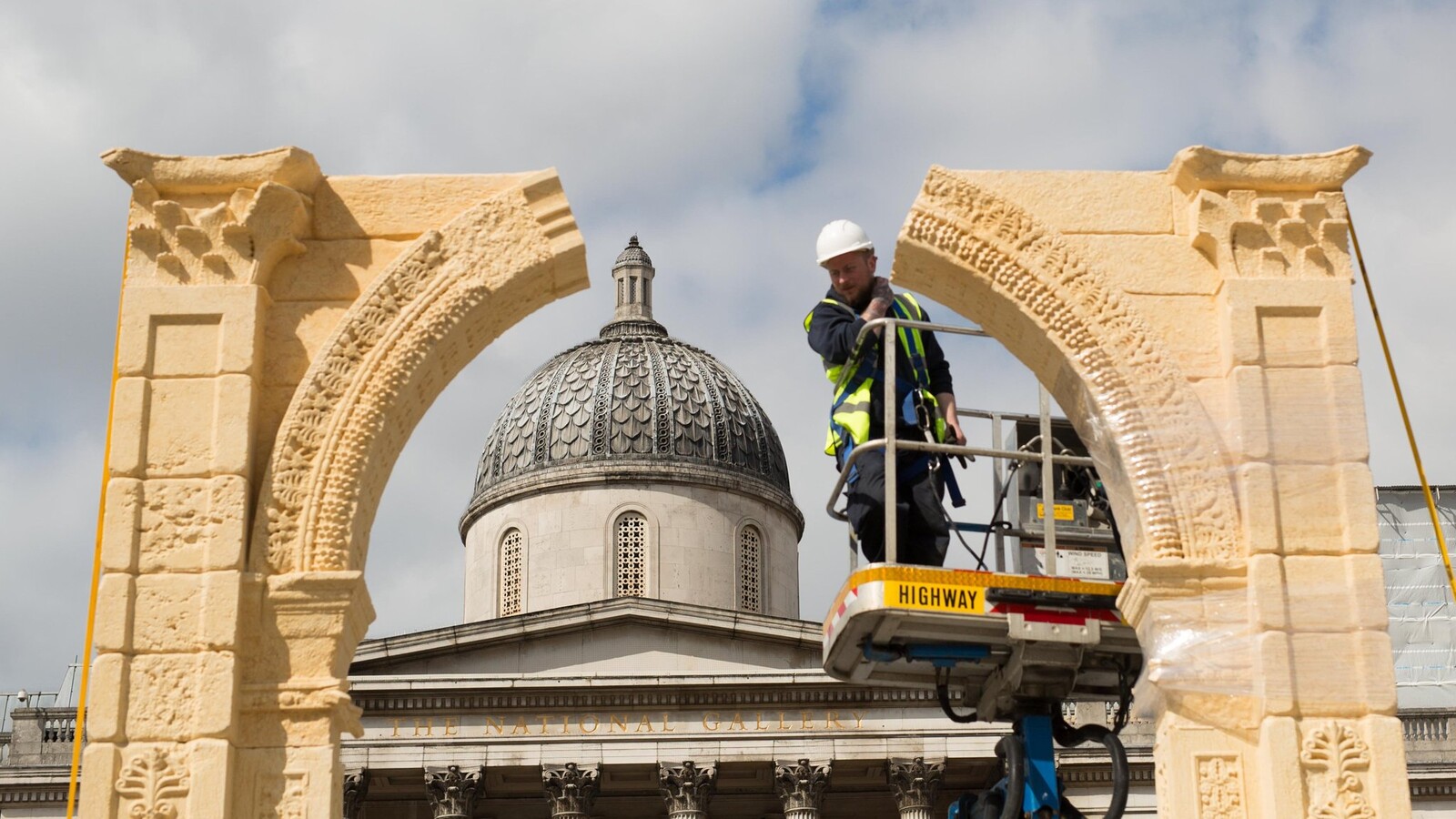Future Public is a collaboration between the New Museum’s IdeasCity initiative and e-flux Architecture for IdeasCity New York, 2017, featuring contributions by Rahel Aima, Interboro Partners, Anna Puigjaner, and Michael Stone-Richards.
Over the past few decades, functions associated with public space have been shifting—at times by force—away from its intended places. Increasing surveillance, neoliberal policy, and civic disenfranchisement are pushing the public both inwards, towards the domestic realm, and outwards, to the outskirts, the countryside, or onto the web. Public space in the city has become lost, and while we spend time looking for it, making repeated attempts to theorize, reclaim, or design it anew, capitalism is busy alienating citizens from the public edifices once viewed as their own. From the Athenian agora and feudal lands to the totalitarian boulevards and the self-serving squares of state-backed urban projects, public space has traditionally been a place allocated to the people by an institution of power. Sitting squarely as it does within overarching notions of the social contract and sovereign accountability, we can understand public space as a right and, at the very same time, to be highly codified, constrained, regulated, and policed.
The current wave of interest in what constitutes the commons—land or resources belonging to or affecting the whole of a community—strives for an alternative understanding of public space beyond the social paradigm of property. However, these new perspectives must be seen as an inextricable part of our current economic system. When the commons are “reclaimed,” it is not always so different from a “discovery” and conquest of new territories. It is in this sense that we can tragically understand the commons to be the dialectical opposite of what it claims to oppose. On the one hand, new property types or legal subjects like the rights of nature or communities are invented to defend that which has yet to be possessed and, on the other, in wresting back what has already been taken, the violent institution of dispossession is preserved by having it turned another way.
If public space is constituted and granted by right, the commons is claimed and made by will. Both are underpinned by participatory techniques of life support, be they abstract in the form of paying taxes or through individual acts of care towards the land. Public space serves an essential role within civil society and, even in its classical form, it holds promise. Yet it is currently mutating into something monstrous, turning against the public it was designed for. While the commons claims to provide for both itself and for others, it also risks legitimizing neoliberal precarity as policy. This leaves the public vexed, but not ignored. The commons should be believed in, just not depended on. What lies in between the history of public space and the notion of the commons is a frontier in the struggle for political equity and social equality. In order to imagine tomorrow, we should ask ourselves how this struggle is being fought today and where its battlefields lie.
Future Public is a collaboration between the New Museum’s IdeasCity initiative and e-flux Architecture for IdeasCity New York, 2017.
Future Public is a collaboration between the New Museum’s IdeasCity initiative and e-flux Architecture for IdeasCity New York, 2017.






